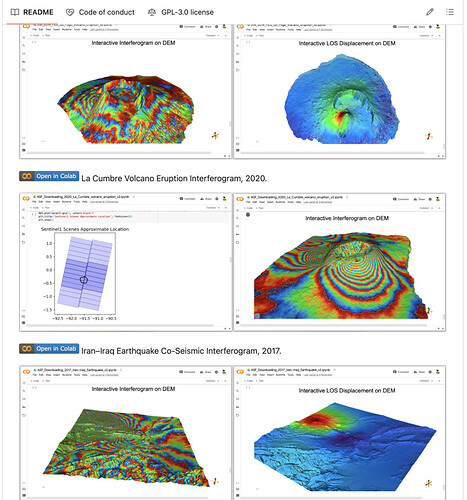Hi @swilliams. I assume you are referring to SNAP workflows in pyroSAR. In this case you can use the BEAM-DIMAP format for reading and writing. This is SNAP’s internal format and there is a pyroSAR driver for it. In SNAP 9 a new format “ZNAP” has been introduced (see here), but there is no pyroSAR driver for it yet.
Cheers, John
Thanks John that’s great.
Hello community. I am using the pyroSAR function to process a time series of Sentinel-1 (IW GRD) images. I want to apply a speckle filter, but I can’t figure out the size of the filter window or how to change it.
Thanks!
Hi @sbeninato. I admit, the speckle filtering option in the snap.geocode function is not well developed. You can call the function with test=True so that the workflow XML file is written but not executed. Then you can modify the workflow using the SNAP API and execute it afterwards. See here for all the steps snap.geocode does if test=False.
Dear John,
I hope you’re well. Following this conversation from last year, I wanted to check in regarding the developments in pyroSAR. Specifically, I’m interested in whether the new release includes a feature for batch processing of SAR coherence. As you mentioned here, the geocode function was more suited for backscatter processing and there was no convenient function for coherence processing.
Since my project involves handling a large number of image pairs for coherence estimation, an automated or batch processing feature would significantly enhance efficiency. If the latest version of pyroSAR doesn’t yet support this, could you suggest any alternative methods or tools that are capable of bulk processing SAR coherence?
Thank you for your continuous support and looking forward to your suggestions.
Best,
Shadi
For complete InSAR processing, you can use PyGMTSAR (Python InSAR): GitHub - mobigroup/gmtsar: PyGMTSAR It is not just a wrapper, but an InSAR processor with SBAS and PSI time series analyzing features. It is possibly the fastest InSAR processor and is available on Google Colab notebooks, in Docker images, etc. where processing is automated, including software installation, Sentinel-1 scenes, DEM, and land mask downloading. This process requires just a few minutes for small areas. A ChatGPT-4-based AI, PyGMTSAR Assistant, can guide you in multiple languages: ChatGPT - PyGMTSAR Assistant Here are some examples of requests you can make to it:
- How to start with InSAR?
- Where can I find interactive InSAR example?
- Please provide interferogram creation code.
- Show me online InSAR examples on Google Colab.
- Explain to me content https:// colab.research.google.com /drive/1673p-BhRwsh8g3VBYhqBYLrL5Lso81mj?usp=sharing
- Show me open tickets.
- Find the recent ticket about Docker images and display last message.
- Create my AOI as GeoJSON text for a line between the points (-24.42, 14.8) and (-24.54, 14.88).
- Could you explain the global plotting parameters used in https:// colab.research.google.com /drive/1dpDWbp3BO-xVWnTcJN4NXTdfZ47oxrM4?usp=sharing
- What specific lines of code need to be modified to compute the interferogram without multilooking in https:// colab.research.google.com /drive/1dpDWbp3BO-xVWnTcJN4NXTdfZ47oxrM4?usp=sharing
- Show me Python code for one of the examples.
I hate to say it but at the moment pyroSAR does not offer anything interferometric. It is better to look for an alternative. Perhaps PyGMTSAR ![]()
ESA will further develop snapista for wrapping SNAP GPT in Python. Stay tuned…
Well. For wrapping SNAP GPT in Python, pyroSAR has a full suite available. One just has to write the workflows for coherence processing. There is just no convenience function.
